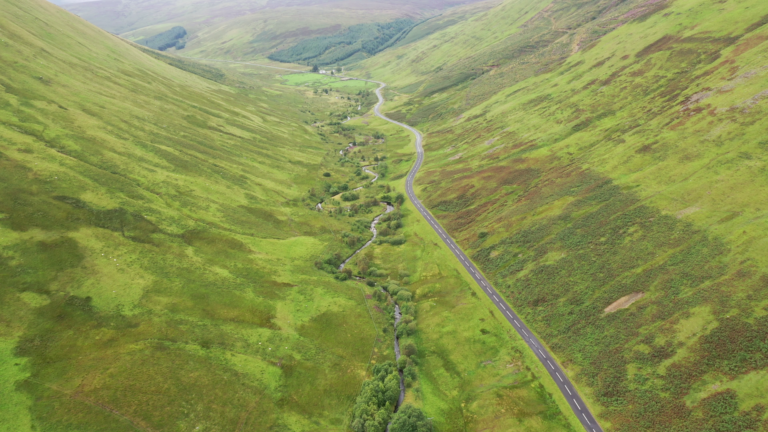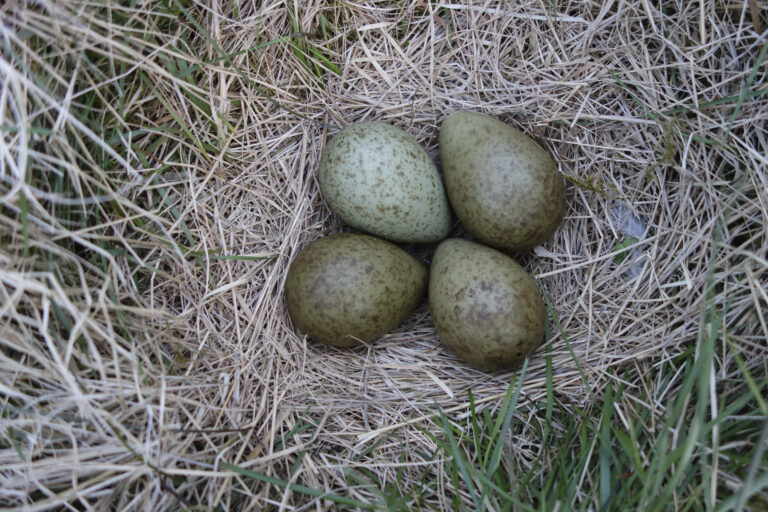Cover photo: Matthias Kremer
Arina Russell, policy and advocacy manager, Woodland Trust Scotland
Trees and woods should be more common on Scotland’s farmland. An artificial division has grown up between agriculture and forestry which can give the impression that land managers must choose between growing timber or growing food. But trees can be integrated into farmland to increase food crop yields while bringing their own added benefits.
A new paper by Woodland Trust Scotland and Soil Association Scotland makes the case for the integration of more trees into agricultural land. Meanwhile a farmer-led initiative, the Integrating Trees Network, has formed to smash down the barriers to establishing more agroforestry.
Trees on farms and crofts provide a range of benefits. They help tackle the twin climate and nature crises. They can regulate growing conditions benefiting crops and animals, provide shelter from wind and rain, regulate soil temperature, support important populations of pollinators, enhance water conservation, reduce soil erosion, and enrich soil fertility. If that wasn’t enough, they can also produce materials for sale or use on farms including timber, fruit, firewood, and fodder, benefiting farm and croft diversification.
Spotlight on trees on farms increasing productivity
Growing two crops from the same land, such as rows of fruit trees through arable crops, or combining livestock and trees for timber production, can increase total yield and on-farm productivity. Farm businesses can benefit from the services that trees provide, such as increased habitat for pollinators, shelter for livestock and crops to support improved growth, as well as diversified agricultural products such as fruits, nuts and timber. Productivity increase from integrated tree and farming systems can be significant, in some cases up to 40%. Hens ranging on land with 20% tree cover have been found to have increased laying rates and higher shell density meaning higher output, fewer second eggs and reduced losses. An integrated tree component can support farm businesses to operate throughout the year, evening out the peaks and troughs of seasonal labour demands as well as offering a more diverse source of year-round income for farm businesses.
Across Scotland a growing number of farmers and crofters are reaping these benefits. Mike and Clare Haworth at Baleveolan Croft on Lismore have integrated trees on their land to shelter the tea bushes and other wonderful things they grow. Andrew and Seonag Barbour near Pitlochry have seen how their sheep expend less energy and therefore need less feed when enjoying the shelter of trees.
The Integrating Trees Network, supported by the Scottish Government and Scottish Forestry, is linking up those farmers to build a critical mass of examples, and to facilitate peer to peer learning and experience sharing about growing trees as part of the business. The Network has six farm woodland demonstration sites across Scotland, with the hosts showcasing how growing trees has benefitted their business and sharing lessons learned along the way.
Despite the benefits, there are many barriers to integrating trees on farms. Many farmers have never considered tree planting, and some view trees as direct competition to agricultural crops.
Added to this is the lack of information and support available plus issues with the design of grant schemes and who manages them. Most farmers have limited awareness of the agroforestry grants provided by Scottish Forestry and gravitate towards the options available under the Agri-Environment Climate Scheme – because that is overseen by the arm of Government they are used to dealing with. None of these schemes are ideal but with input from farmers and crofters they can be re-designed to provide support for increased integration of trees on farms.
By supporting Farm for Scotland’s Future, Woodland Trust Scotland is joining 23 other organisations in asking the Scottish Government to support farmers and crofters to adopt nature- and climate-friendly farming methods such as the integration of trees on farms. As the current land use payment schemes are under review, we are urging the Scottish Government to work with stakeholders to ‘Make farming work for nature, climate and people.’
Disclaimer: The opinions expressed in this blog are the author’s and do not necessarily represent the views of all the organisations backing the Farm for Scotland’s Future campaign.
Further reading
Integrating trees on farms and crofts: benefits, barriers and opportunities: https://www.woodlandtrust.org.uk/media/51158/integrating-trees-on-farms-and-crofts-in-scotland.pdf
Integrating Trees Network: https://www.farmingforabetterclimate.org/integrating-trees-on-your-land/




